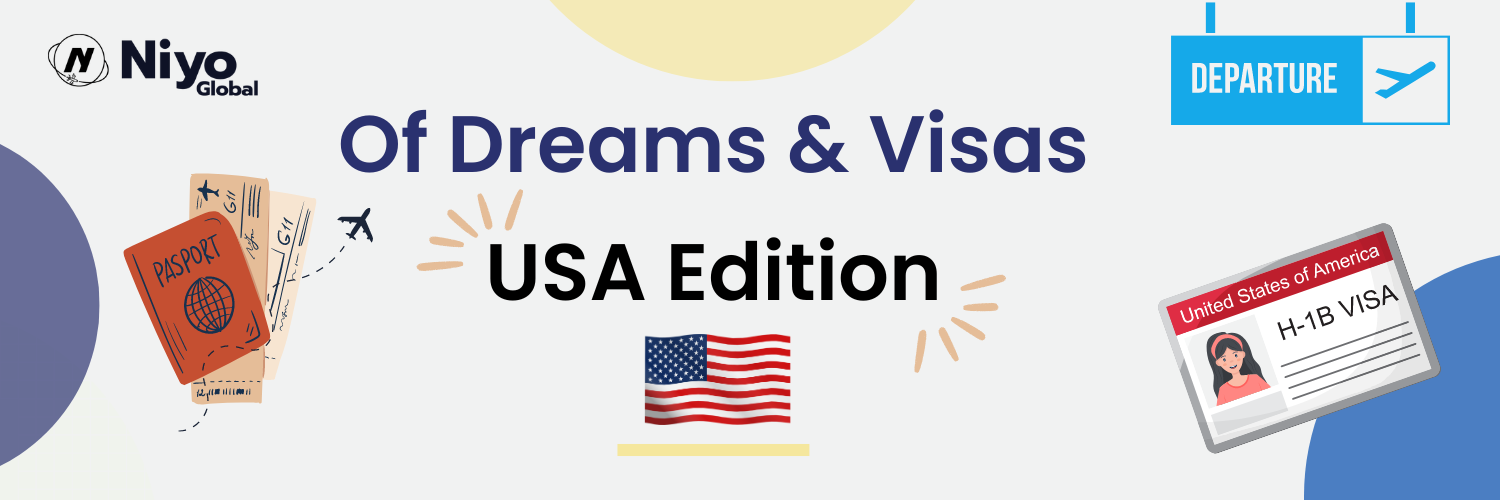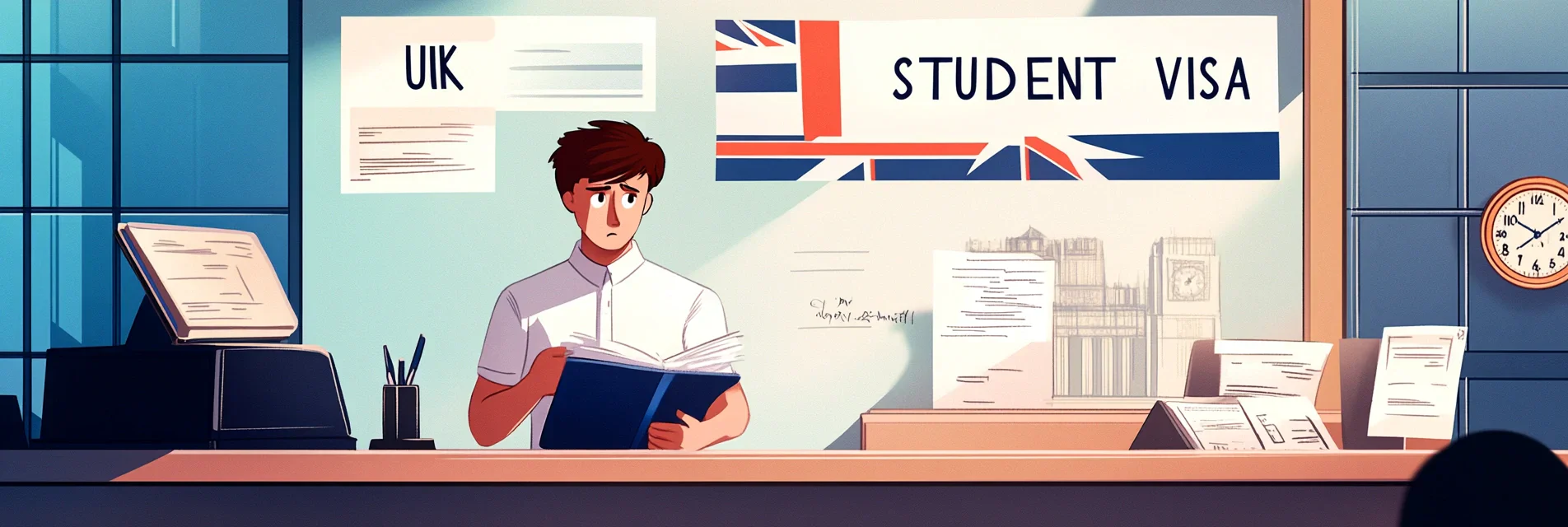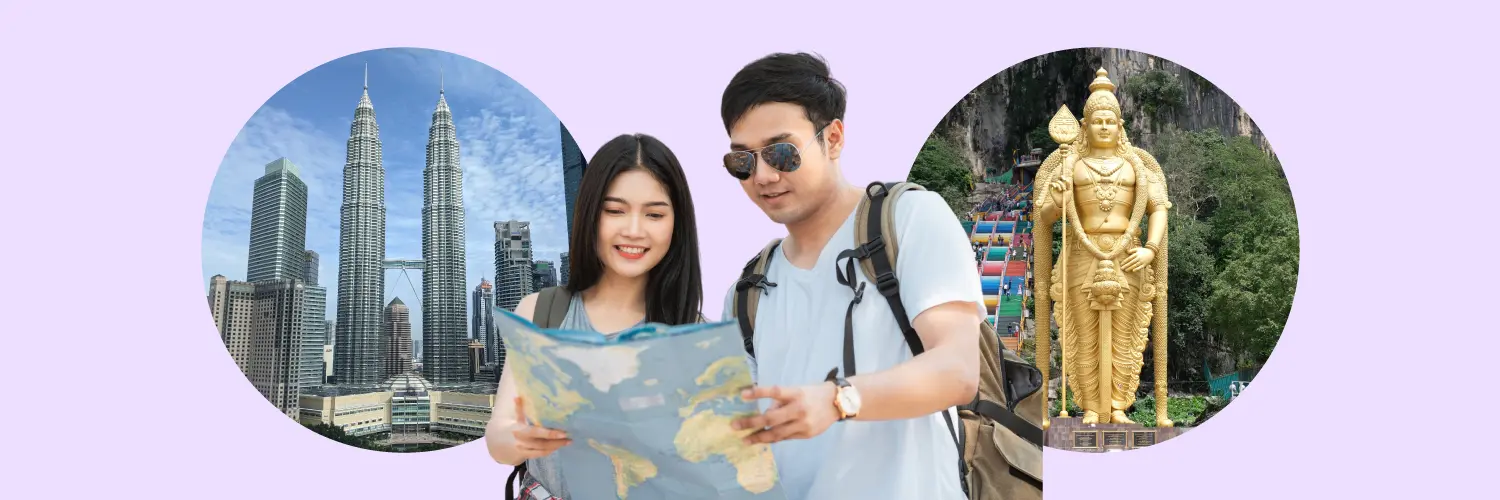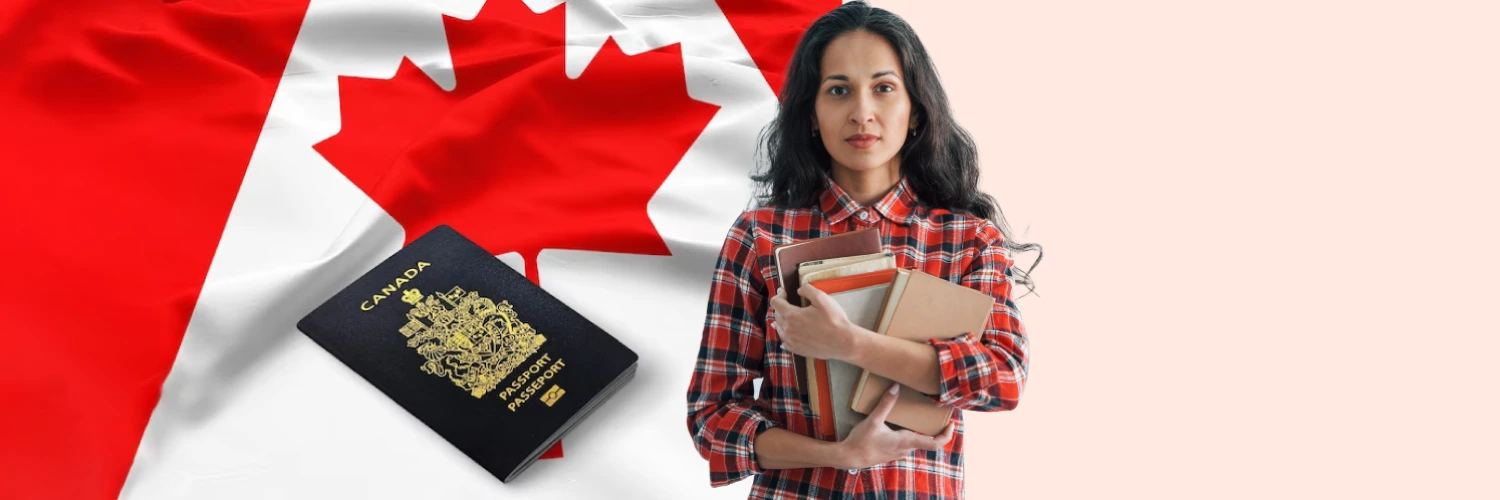
Step-by-Step Guide To Obtaining a Visa For USA From India
As an Indian student or traveller, embarking on a journey to the United States is an exhilarating adventure that holds the promise of personal growth, cultural exploration, and unforgettable experiences. And here we are, to help you! In this comprehensive guide, we will walk you through the various visa types, their eligibility criteria, application processes, and the pros and cons of each
Let’s face it, embarking on a journey to the United States as an Indian student or traveller is an exciting adventure filled with endless possibilities. To make your dreams a reality, it’s essential to understand the different visa options available and how to obtain them. Whether you aspire to pursue higher education, gain international work experience, or simply indulge in the wonders of the American landscape, understanding the different visa types available is crucial for turning your aspirations into reality. In this comprehensive guide, we’ll take you on a captivating journey through the intricate world of visas, shedding light on the eligibility criteria, application processes, and the pros and cons of each visa category. So fasten your seatbelts and get ready to uncover the secrets to unlocking your American dreams! Let’s discover & re-discover in 3…2..1.. 🚀
1. F1 Student Visa: Unlocking Educational Opportunities 🎓
The F1 visa is the most common visa category for international students pursuing higher education in the United States. It allows students to enrol in academic programs at accredited educational institutions. To qualify for an F1 visa, you must have been accepted by a U.S. institution and demonstrate sufficient financial resources to cover your tuition fees and living expenses. The F1 visa is issued for the duration of your academic program, with the possibility of extending it for practical training after the completion of your studies. It also allows limited on-campus employment opportunities to support your financial needs.
Pros: Opportunity for quality education, on-campus employment options
Cons: Limited work hours, time restrictions after graduation
2. J1 Exchange Visitor Visa: Cultural Exchange and Internships 🌍🤝
The J1 visa is designed for individuals participating in cultural exchange programs, including students, scholars, and professionals. It offers various categories, including the J1 Student Intern category, which allows students to gain practical experience through internships in the United States. To be eligible for a J1 visa, you must have a sponsorship from a designated organization that is authorized by the U.S. Department of State. The J1 visa promotes cultural exchange and requires participants to return to their home country upon completion of their program. However, certain J1 categories may provide opportunities for participants to extend their stay or change their status in the United States.
Pros: Cultural immersion, practical training opportunities
Cons: Time limitations, subject to program sponsor’s rules
3. H-1B Work Visa: Pursue Professional Opportunities 💼🌟
The H1B visa is designed for highly skilled foreign professionals who wish to work in the United States. It is commonly sought after by Indian students who want to pursue a career in their field of expertise. To be eligible for the H1B visa, you must have a job offer from a U.S. employer who is willing to sponsor your visa. The employer must demonstrate that your skills and qualifications are unique and not readily available in the domestic workforce. The H1B visa is typically issued for a period of three years, with the possibility of an extension of up to six years. It also provides a pathway to permanent residency in the United States.
Pros: Employment in specialized fields, the possibility of permanent residency
Cons: Limited slots, fiercely competitive & robust application process
4. O1 Visa: Extraordinary Ability in Arts, Sciences, or Athletics 🌟🎭⚽
If you’ve got the chops and exceptional talents in arts, sciences, athletics, or other fields, the O1 visa paves the way for you to showcase your abilities on an international stage. To qualify, you must showcase multiple instances of national or international acclaim and provide considerable proof of your extraordinary achievements like certificates, medals, or any form of recognition mechanism. The O-1 visa allows you to work in your area of expertise in the United States. It’s important to note that the O-1 visa requires a petition from a U.S. employer or agent and is subject to a rigorous application process.
Pros: Opportunity for renowned professionals, no limit on stay duration
Cons: Stringent eligibility criteria, complex documentation requirements :((
B-2 Tourist Visa:
If you intend to visit the United States for tourism, pleasure, or medical treatment, the B-2 tourist visa is your ideal choice. This visa allows you to explore the beautiful landscapes, vibrant cities, and cultural attractions the country has to offer. To be eligible, you must demonstrate strong ties to your home country and prove that you have sufficient funds to cover your stay in the U.S. While the B-2 visa does not permit employment or study, it provides the flexibility to enjoy leisure activities and make unforgettable memories during your visit.
Pros: Flexibility for travel, opportunity for exploring the US
Cons: Limited duration of stay, no work permission
There can be no article, no blog without the mention of the Green card which is a
great pathway to Permanent Residency 🟢🏠
A Green Card, officially known as a Permanent Resident Card, is a document that grants individuals permanent residency status in the United States. It allows them to live and work in the country indefinitely, making it an important step towards building a future in the USA. Green Card holders enjoy many of the same rights and privileges as U.S. citizens, including access to education, healthcare, and employment opportunities. In fact, there are several pathways available that help you secure a green card, including through family, employment, and special categories. Greencard however, is rarely the first visa that’s available or granted unless you have immediate family ties such as parents or spouses.
What’s next?
Now that we have a fair idea on what are the various types of visas and their individual nuances, you’ll need to complete the application form and gather the required documents. This usually includes things like a valid passport, proof of financial support, a letter of acceptance from a US institution (for student visas), and any other supporting documents specific to your visa type.
Next up, you’ll need to schedule an appointment at the nearest US embassy or consulate in your country. During the interview, be prepared to answer questions about your purpose of travel, your ties to your home country, and your plans while in the US. Remember to be honest, confident, and polite throughout the process.
After the interview, it’s time to wait for a decision on your visa application. If approved, congratulations! You’ll receive your visa and be ready to embark on your US adventure. In some cases, additional administrative processing may be required, which could extend the waiting time. It’s important to note that visa processes can vary depending on the type of visa, your country of residence, and individual circumstances. It’s always a good idea to check the official website of the US embassy or consulate in your country for detailed instructions and requirements specific to your situation.
Finally 🎊
We all know that the visa process may seem daunting, but with careful preparation and the right guidance, you can navigate it successfully. Also, you are now equipped with valuable insights into the various visa types available for Indian students and travelers in the United States. Recollect, each visa category presents unique opportunities and considerations, so it’s significant to assess your individual circumstances, goals, and aspirations ☑️
That would be all folks!
For references, you can always refer to 👇
U.S. Department of State: https://travel.state.gov/content/travel/en/us-visas.html
EducationUSA: https://educationusa.state.gov/
NAFSA: Association of International Educators: https://www.nafsa.org/
U.S. Citizenship and Immigration Services: https://www.uscis.gov/
(Note: The references provided offer comprehensive information about visas, eligibility, and application processes. Always refer to official government sources for the most up-to-date and accurate information.)







